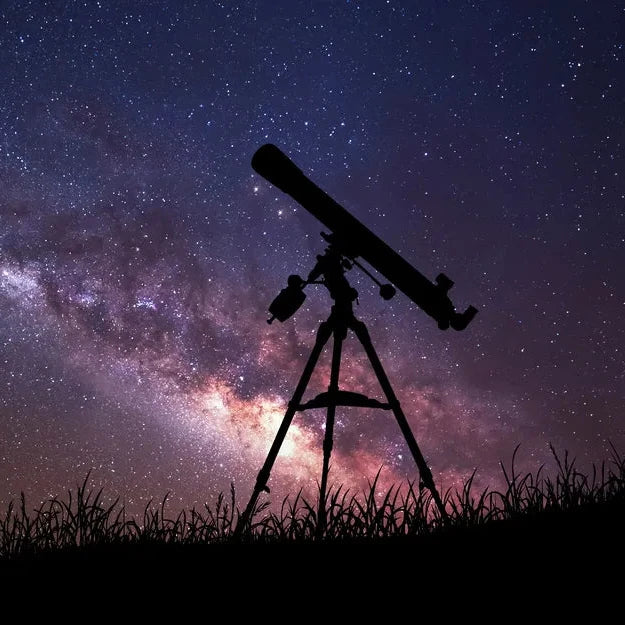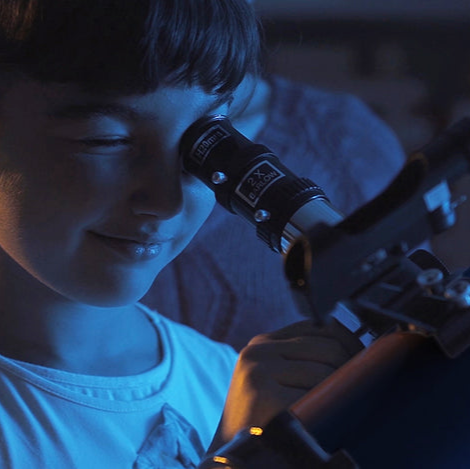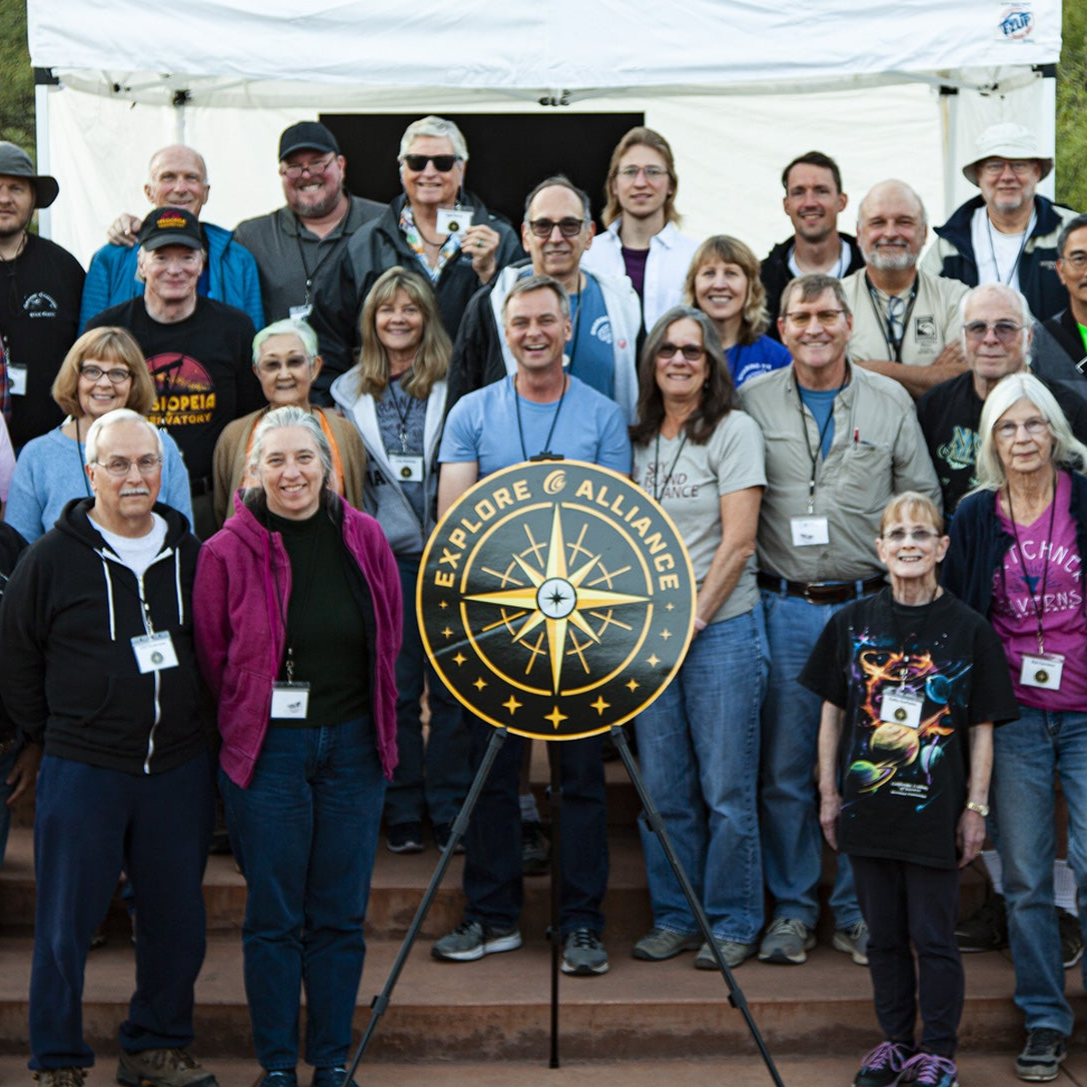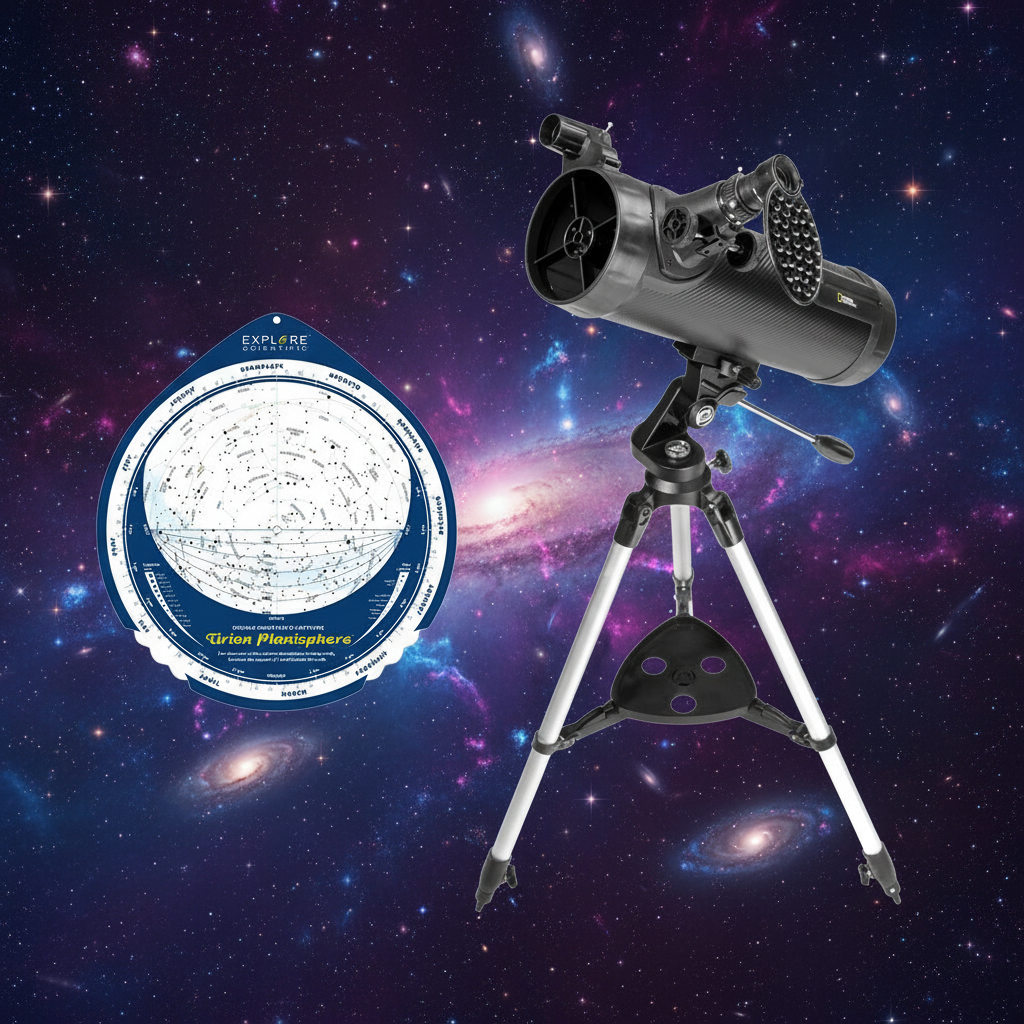
Explore Alliance Presents: How Do You KNOW? – Episode #13: 'The Roche Effect'
The French mathematician and astronomer, Edouard Roche, is most famous for his work on celestial mechanics and his discovery of the Roche Limits: the closest and farthest possible orbits for a moon around a planet.
Roche studied the rings of Saturn. James Clerk Maxwell had proved that the rings of Saturn could be neither liquid, nor solid, nor gaseous. Liquids and gases would evaporate and disperse in the vacuum of space and no thin, solid object could endure the tremendous centrifugal forces rotating around a planet.
Roche realized that moons and planets are not like solid objects that we see in the world around us. If you pick up a stone, that stone is a solid, crystalline object; it is held together by atomic forces, chemical bonds connecting one atom to the next.
Moons are not like this, they are lumps of stone, ice, and other materials that are held together by gravitational forces. It is the mutual gravitational attraction that holds a moon or planet together, not the atomic forces that make chemical bonds.
Dr. Barth helps us understand the findings of Roche and the behavior that planets have upon moon and ring systems on this episode of 'How Do You KNOW?'











